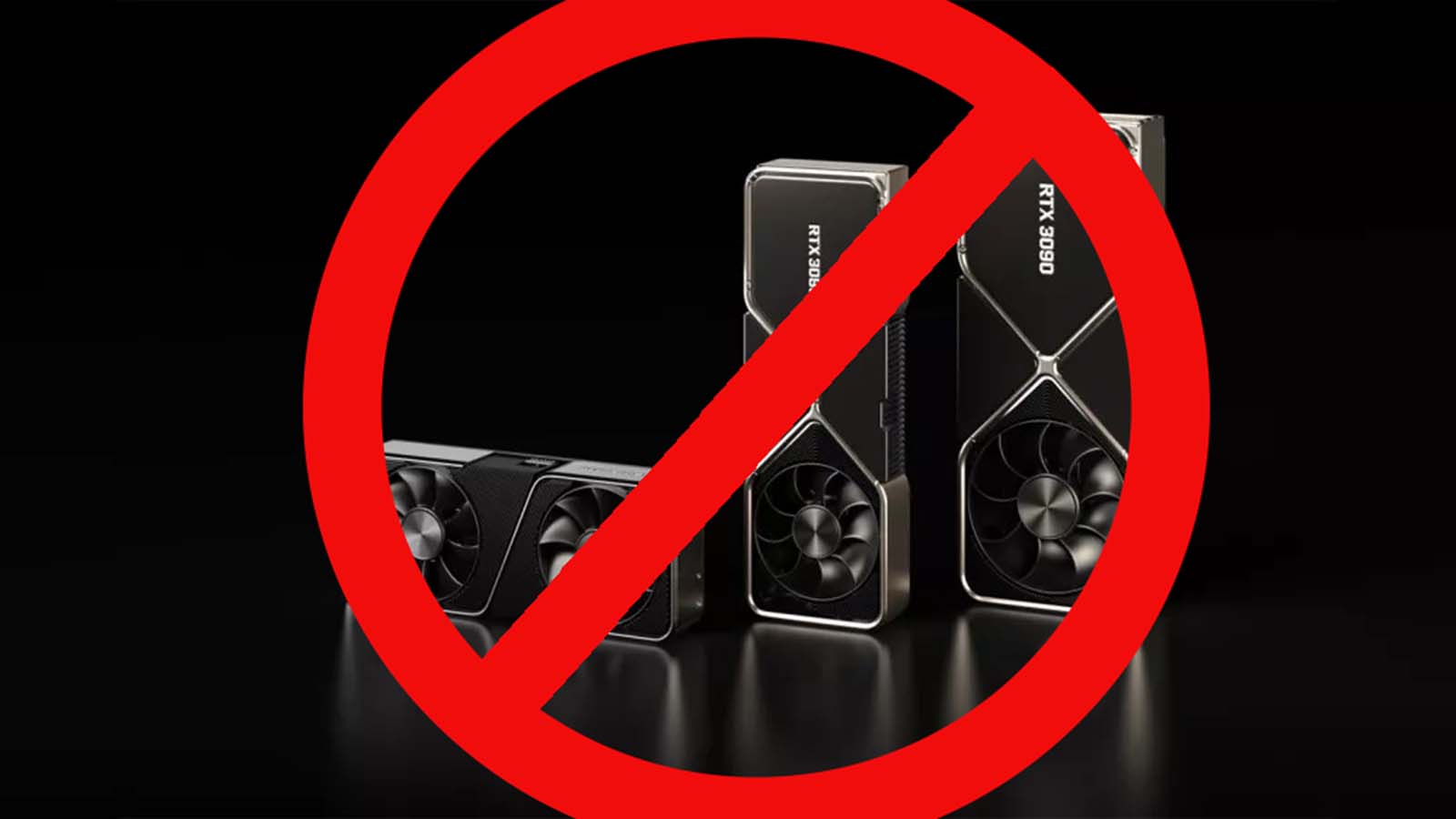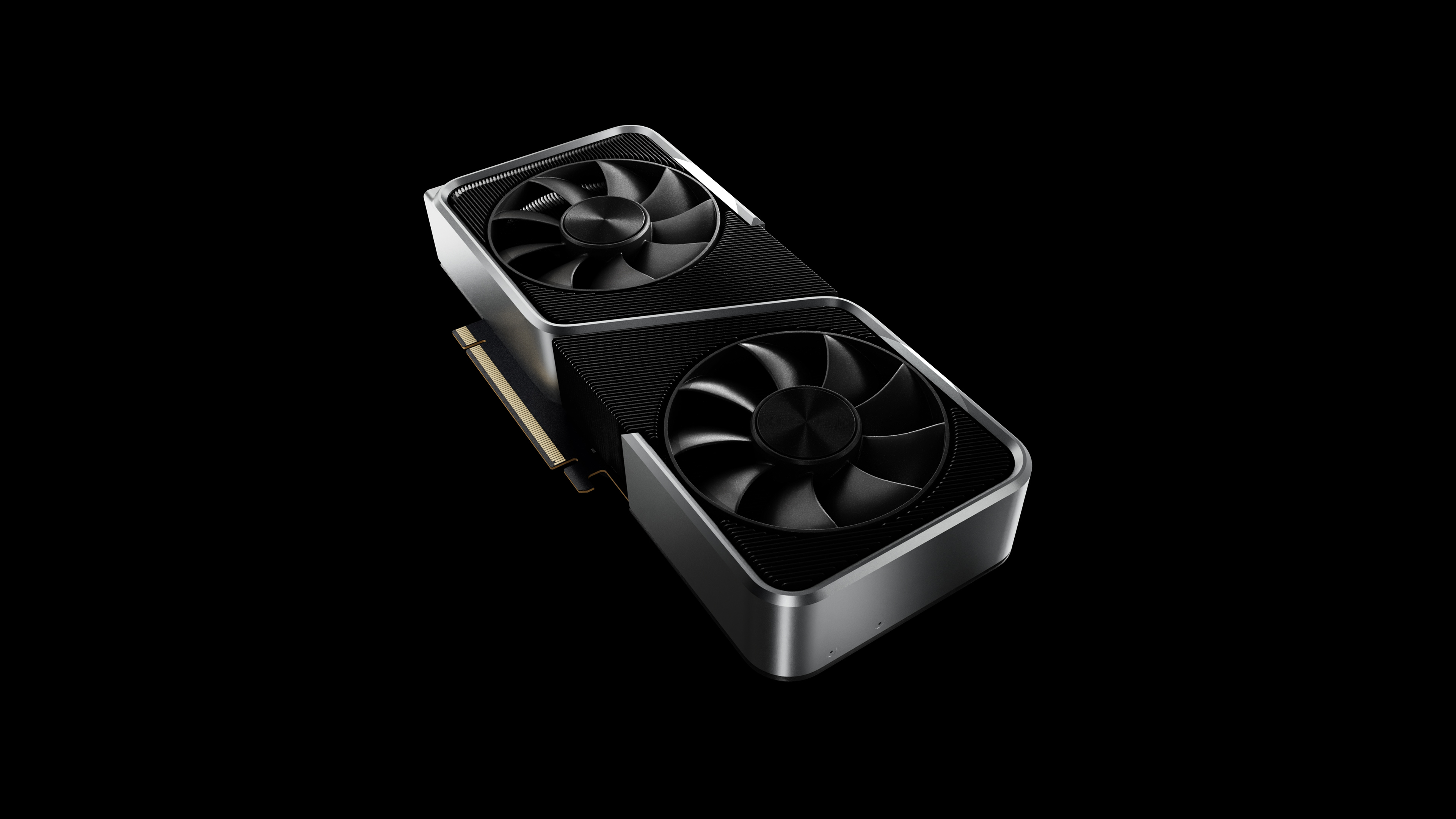Is the current GPU market killing PC gaming?
AMD and Nvidia GPU prices and availability are getting worse

Pricing and availability of highly-coveted graphics cards are predicted to worsen as we enter Q4 of 2021, thanks to a perfect storm of silicon shortages, production issues caused by Covid-19, competition from Ethereum cryptominers, and unprecedented demand.
The graphics card market has been especially turbulent over the last 12 months, just over a year since the release of the Ampere family of Nvidia cards - which AMD followed up on with its own Radeon RX 6000 release in October 2020.
- AMD vs Nvidia: who makes the best graphics card?
- Nvidia’s RTX 4000 GPUs promise a huge performance leap
- Where to buy RTX 3080 Ti: find stock here
Despite things improving slightly back in Q3 following a crash in the crypto market, prices are spiking again, sitting at an average of 70% over MSRP in Europe.
Graphics Card Prices in 🇩🇪🇦🇹 Sep 19, 2021👉 Wrong direction on availability and prices.👉 RDNA2 +74% over MSRP, Ampere +70% over MSRP (avg of best offers, w/o 6600XT, 3070Ti, 3080Ti).👉 Availability trend is bad since July, something need to happen.https://t.co/NoG9nfWLRP pic.twitter.com/XXHruCvn3wSeptember 20, 2021
A perfect, frustrating storm
Relentless demand and production difficulties appear to be the biggest reasons for these issues - and that’s something we’re unlikely to see resolved any time soon given the persistence of Covid-19 and competition for semiconductors from just about everyone else in the world of tech.
Where silicon was once readily available for computers and computing hardware, manufacturers of everything from cars to fridges are clamouring for dwindling supplies.
Throw all of this in with scalpers taking advantage of the high demand by buying up what little stock is available to later list on sites like eBay or Facebook Marketplace and – lo and behold – prices will continue to rise as long as people as desperate enough to pay them.
With no end in sight (despite a few optimistic predictions this past year), PC builders and gamers are understandably frustrated, with many taking to social media to complain that they’re unable or unwilling to buy the elusive and overpriced hardware they need.
Sign up for breaking news, reviews, opinion, top tech deals, and more.
German graphics card website 3DCenter (via WCCFTech) has been busy calculating the average availability and pricing of most of the Nvidia and AMD lineup throughout Europe. We wouldn’t be quick to dismiss how these reports and predictions could affect other regions outside of Europe either, though there are some things to consider.
Time to jump ship?

We’ve reached out to Nvidia and AMD for comment regarding how inventory is distributed across various regions, but there were early claims that European retailers have struggled to get shipments of GPUs to stock. It’s unlikely that any particular region is prioritized over another unless there is an especially prevalent demand, and PC gaming is an almost global hobby these days.
Pricing does vary considerably depending on where you live, though; countries like Saudi Arabia have seen especially high prices for graphics cards. Even if you convert the currencies over for the documented European GPU sales, that's unlikely to be an exact representation of US or Asian markets. Inflation is universal, so you’re getting a pretty raw deal regardless of where you’re located.
Consumers are understandably concerned that this ongoing shortage could kill PC gaming. While the current choke hold on the market is depressing (and you’re likely tired of hearing this), it won’t last forever and people have been incorrectly predicting the ‘death’ of PC gaming for decades.
We're in this for the long haul

If there were better alternatives in place then yes, you can imagine that many would jump ship over to consoles or even cloud gaming platforms such as Nvidia GeForce Now, but stock availability and price scalping have affected the PS5 (and to a lesser extent, the Xbox Series X/S) as well.
Cloud gaming is also not likely to snatch the PC gaming crown anytime soon, as it requires a fast, reliable internet connection, which some folk won't have access to. And, while response times are getting faster with each passing year, you're still at a disadvantage if you want to stream competitive titles like battle royales.
All of this will be of little comfort to consumers who feel trapped in the current system though, waiting for months on end with the hope that GPUs will appear in stock either online or in physical stores for a price close to their MSRP, and ultimately, there isn't much we can do. If anything, knowing there isn't a better alternative hurts more, as your options right now are to keep waiting for things to improve, or set gaming aside entirely for the time being.
There is at least some respite for newcomers trying to build their first system – pre-built systems and gaming laptops are currently a more affordable option than a self-built rig, as suppliers can get components without fighting scalpers. While a gaming laptop isn't as upgradeable as a desktop, new systems with a DLSS-capable RTX GPU will last you several years and save you from needing to buy a gaming monitor.
For the rest of us trying to upgrade our aging systems, it's understandable that many are starting to lose faith. Rest assured that it's unlikely these shortages and inflated prices will kill PC gaming, regardless of how crushed our spirits might feel these days.
- How to build a PC: a step-by-step guide to building the best PC
- Track the best graphics card prices for July 2021

Jess is a former TechRadar Computing writer, where she covered all aspects of Mac and PC hardware, including PC gaming and peripherals. She has been interviewed as an industry expert for the BBC, and while her educational background was in prosthetics and model-making, her true love is in tech and she has built numerous desktop computers over the last 10 years for gaming and content creation. Jess is now a journalist at The Verge.